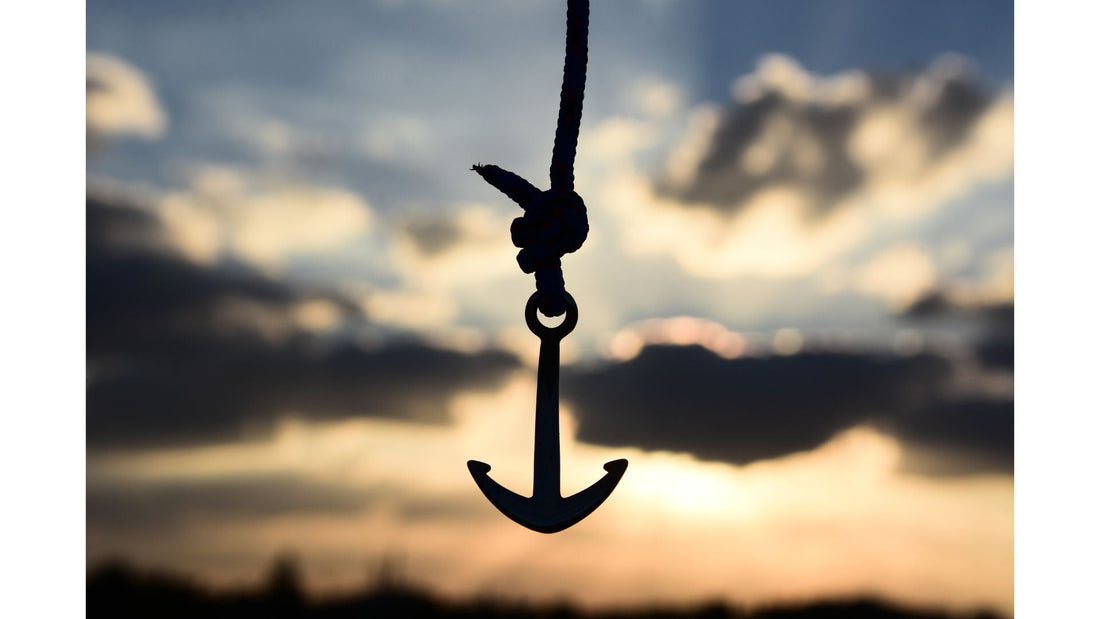Here's What Matters: Floating docks don’t have to feel unstable. The three best ways to keep your dock steady are metal pipes (maximum rigidity), anchors with rope or chain (easy setup and adjustability), and wood piles (budget-friendly and natural looking). Metal pipes offer the strongest, most permanent setup, while anchors are great for simple installs that just need occasional tension checks.
When most people picture a floating dock, they imagine something bobbing and swaying like a raft—fun for a minute, but not exactly the picture of stability. The truth is, a well-built floating dock can feel just as secure as a stationary one. The key is how you anchor and stabilize it.
If you’ve already chosen your floats and framed your dock, the next step is making sure it stays put. Below are the three most common—and effective—ways to stabilize your floating dock:
1. Metal Pipes (Post Guides)
Metal pipes, or post guides, connect your dock directly to the lake or pond bottom. Think of them as thin but strong rails that keep your dock aligned while still letting it rise and fall with the water level.
Pros:
- Excellent horizontal stability (your dock won’t drift side to side)
- Long-lasting and resistant to rot or weathering
Cons:
- Installation can be tough—you’ll likely need to jet or dredge the lakebed to set them properly
- Best suited for shallow to moderate depths
If you’re going the pipe route, check out our 3" Pipe Holders — they’re heavy-duty, easy to install, and built to handle years of exposure without binding or bending. Metal pipe systems give your dock one of the most solid, secure feels possible, especially in moderate-depth water.
2. Anchors with Rope or Chain
Anchoring your dock with weighted blocks and chain or rope is by far the easiest stabilization method to install—and surprisingly effective.
Anchors are placed at angles from the dock corners, securing it from drifting while still allowing it to move slightly with wind or water level changes.
The best part is anchors can be pretty much anything! You can find marine grade anchors, or you can also use buckets of concrete (we know this from experience)!
Pros:
- Simple, low-cost setup
- Easy to adjust or remove for seasonal docks
- Ideal for deeper water or fluctuating levels
Cons:
- Requires more regular attention to tension for optimal horizontal stability
If you’re new to dock building, this is the best place to start. Check out our DIY Dock Building Guide for anchor installation instructions, and take a look at our chain retainers to make adjusting chain tension a breeze when water levels change.
3. Wood Piles
Wood piles act much like metal pipes, driving into the bottom of the lake or pond to hold your dock steady.
Pros:
- Readily available and often more affordable than metal piping
- Can blend nicely with wood-framed docks for a cohesive look
Cons:
- Less durable—susceptible to rot and wear over time
- Typically offers less long-term strength than metal
If your goal is a rustic or natural aesthetic and you’re working in shallow water, wood piles can be a good fit. Just remember, you may need to replace or reinforce them in a few years.
Final Thoughts
A floating dock doesn’t have to feel unstable. With the right stabilization method—metal pipes for strength, anchors for flexibility, or wood piles for a classic look—you can enjoy the best of both worlds: a dock that floats effortlessly yet feels steady under your feet.
Need help deciding what setup is right for your shoreline? Contact us here and we’ll help you match your stabilization method to your water depth, dock size, and layout goals.

